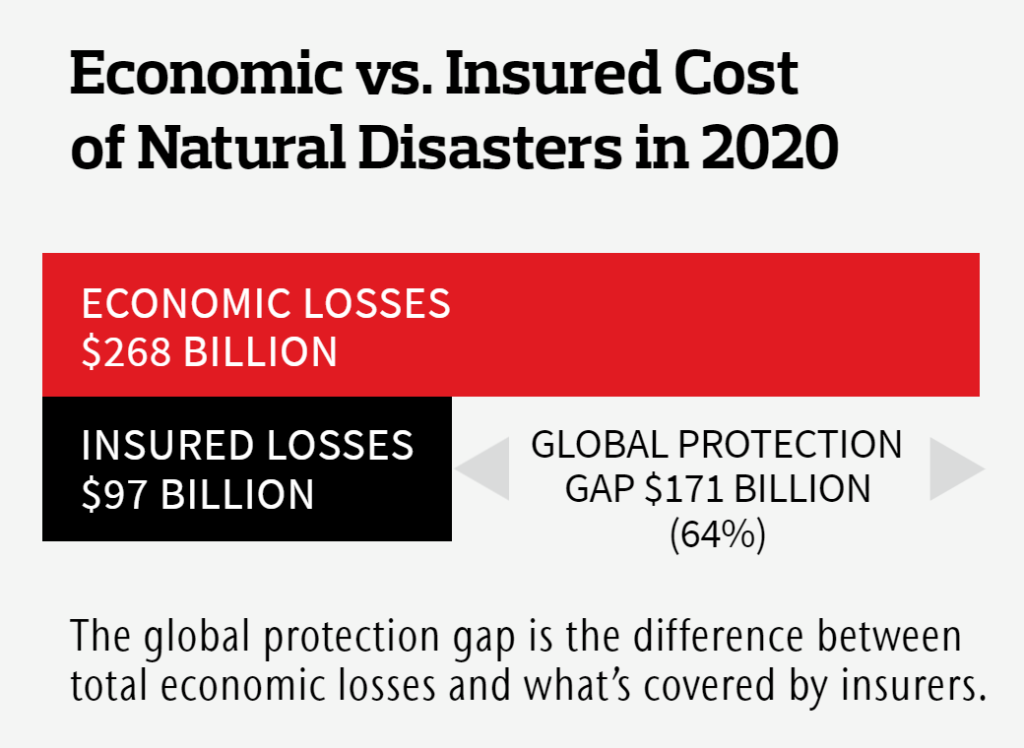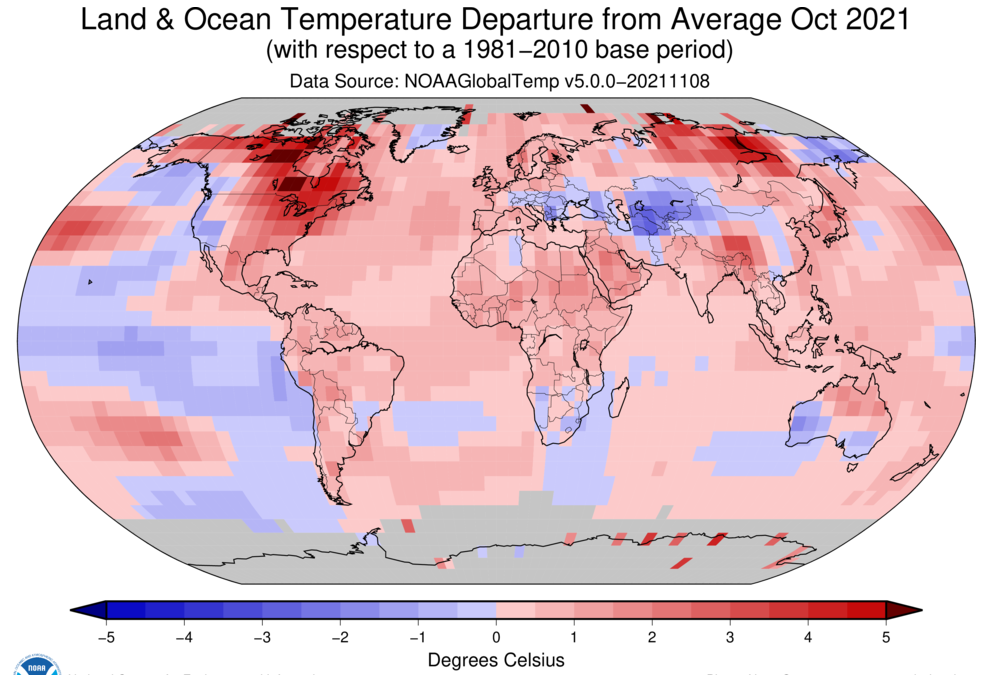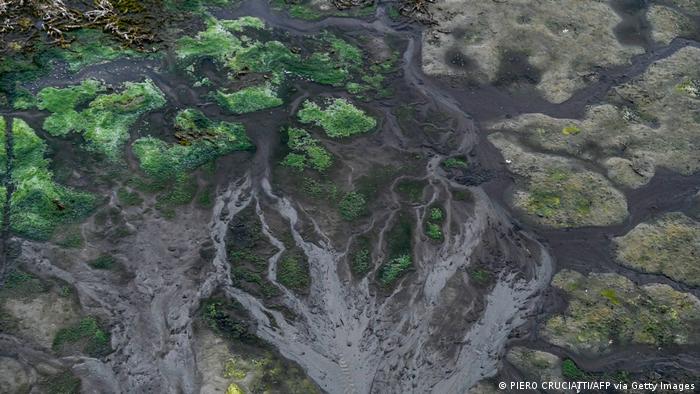2020 was costliest year on record for severe convective storms – U.S. hit by record-breaking 12 named storm landfalls – China saw most widespread Yangtze River floods since 1998
CHICAGO, 25 January 2021 (Aon) – Aon plc (NYSE: AON), a leading global professional services firm providing a broad range of risk, retirement, and health solutions, today launches its global Weather, Climate & Catastrophe Insight: 2020 Annual Report. The report evaluates the impact of global natural disaster events to identify trends, manage volatility and enhance resilience.
The report reveals that the 416 natural catastrophe events of 2020 resulted in economic losses of USD268 billion – 8% above the average annual losses for this century – as costs continue to rise due to a changing climate, more people moving into hazard-prone areas and an increase in global wealth. Of this total, private sector and government-sponsored insurance programs covered USD97 billion, creating a protection gap of 64%, which is the portion of economic losses not covered by insurance. This highlights the importance of addressing the underserved by ensuring that there is increased access to affordable insurance products in the future.
Global highlights
- Per NOAA: 2020 was the second-warmest year for global land and ocean temperatures in the official record dating to 1880.
- Global carbon dioxide emissions dropped 7 percent in 2020, but the atmospheric concentration of carbon dioxide reached a new monthly high of 417.07 parts per million in May.
- A record 28 individual billion-dollar insured events occurred; surpassing the 21 previously set in 2011.
- Severe Convective Storms resulted in the highest economic and insured losses for the peril on record.
“The global response to the socioeconomic volatility caused by the COVID-19 pandemic has increased focus on other systemic risks – particularly climate change – and is causing a fundamental reordering of business priorities. This report highlights the increasing likelihood of ‘connected extremes’ and reinforces that leading organizations of the future will be defined by their ability to manage the global implications of concurrent catastrophic events,” said Greg Case, CEO of Aon. “In a highly volatile world, risk remains ever present, is more connected and, as a result, is also more severe – and 2020 has underscored this reality. It has also emphasized the need for enhanced collaboration between the public and private sectors, which will be essential to close the rising protection gap and build resilience against natural catastrophes.”
During the year, more than 8,000 people lost their lives due to natural catastrophes. Tropical cyclone was the costliest peril, causing more than USD78 billion in direct economic damage. It was closely followed by flooding (USD76 billion) and severe convective storm (USD63 billion). From a climate perspective, NOAA cited 2020 as the world’s second-warmest since 1880 for land and ocean temperatures at +0.98°C (+1.76°F) above the 20th-century average.
Steve Bowen, Director and Meteorologist for Aon’s Impact Forecasting team, commented: “The world continues to evolve as it is faced with new challenges around natural perils. While many private and public sector entities primarily focus on physical and human hazard risks, an increasing number of global regulative bodies are further pivoting towards how to handle emerging transitional and subsequent reputational risks. This is especially true as the financial and humanitarian risks surrounding climate-enhanced events become more evident on a daily basis. Focus at the corporate and federal levels will be critical around investments in risk mitigation, resilience, and sustainability as the landscape around climate change solutions continues to accelerate with renewed urgency.
Top 10 global economic loss events in 2020
| Date(s) | Event | Location | Deaths | Economic Loss (USD billion) | Insured Loss (USD billion) |
|---|---|---|---|---|---|
| June – September | Seasonal Floods | China | 280 | 35.0 | 2.0 |
| August 21 – 29 | Hurricane Laura | U.S., Caribbean | 68 | 18.2 | 10.0 |
| May 15 – 21 | Cyclone Amphan | South Asia | 133 | 15.0 | 0.5 |
| August 8 – 12 | SCS (incl. Midwest Derecho) | United States | 4 | 12.6 | 8.3 |
| July 3 – 15 | Kyushu Floods | Japan | 82 | 8.5 | 2.0 |
| November 2 – 13 | Hurricane Eta | Caribbean, U.S. | 309 | 8.3 | 0.7 |
| June – September | Seasonal Floods | India | 1,922 | 7.5 | 0.8 |
| September 14 – 18 | Hurricane Sally | United States | 0 | 7.0 | 3.5 |
| March 22 | Zagreb Earthquake | Croatia | 2 | 6.1 | 0.1 |
| July 30 – August 5 | Hurricane Isaias | U.S., Caribbean, Canada | 18 | 5.0 | 2.7 |
| All other events | 145 billion | 66 billion | |||
| TOTAL | 268 billion | 97 billion |
Significant regional events during 2020 included:
- Costliest year on record for global severe convective storms led by historic U.S. derecho
- U.S. mainland endured a record-breaking 12 named storm landfalls, including six hurricanes
- Super Typhoon Goni struck the Philippines as the strongest landfalling storm ever recorded globally at 195 mph
- Ciara became Europe’s costliest windstorm since Xynthia in 2010
- Drought conditions reduced agricultural crop yields in Brazil and Argentina, burning 30% of the Pantanal Region
- The most widespread Yangtze River Basin floods since 1998 caused USD35 billion of economic damage in China’s monsoon season
The full report and a short film are available on Aon’s interactive microsite at https://aon.io/3nsM7cu. To access current and historical natural catastrophe data, as well as event analysis, please visit catastropheinsight.aon.com.
About Aon
Aon plc (NYSE: AON) is a leading global professional services firm providing a broad range of risk, retirement and health solutions. Our 50,000 colleagues in 120 countries empower results for clients by using proprietary data and analytics to deliver insights that reduce volatility and improve performance.
Contact
- Alexandra Lewis, +44 (0) 207 086 0541, alexandra.lewis@aon.com
- Andrew Wragg, +44 (0)207 522 8183, andrew.wragg@aon.com
- Follow Aon on Twitter and LinkedIn
- Stay up to date by visiting the Aon Newsroom and hear from Aon’s expert advisors in The One Brief
- Sign up for News Alerts here



